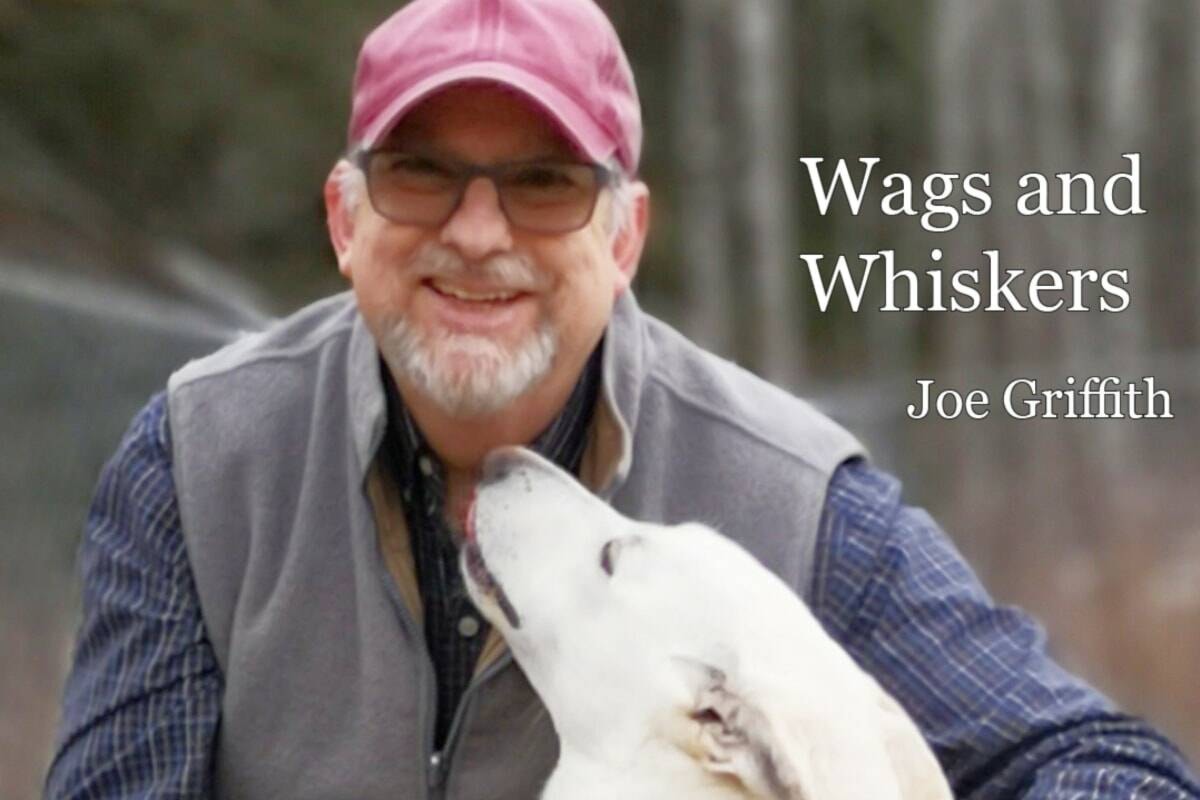Copyright Caledonia Courier

Dogs are always communicating. Every flick of an ear, turn of the head, or soft sigh carries meaning. Yet many guardians only notice their dog’s communication once it’s loud and unmistakable — a bark, a growl, or even a bite. Understanding how and why dogs signal is essential for preventing conflict, building trust, and ensuring safety for everyone. Let’s look at what this communication can look like in real life. You’re at the park with your dog, Luna. A friendly stranger walks up, smiling, and bends down to greet her. Luna turns her head away, licks her lips, and shifts her weight back — small, polite signals that she’s feeling uneasy. The stranger doesn’t notice and moves closer, hand outstretched. Luna stiffens, her ears flatten slightly, and she gives a low growl. She’s saying, “Please stop. I’m not comfortable with this.” This isn’t aggression — it’s communication. Luna is using her language to say she’s not comfortable. Trainers often refer to this kind of communication as part of the ladder of aggression — not because the dog is being aggressive, but because it describes how discomfort can escalate if the dog’s earlier signals are missed or ignored. How dogs signal discomfort Dogs rely on body language far more than sound to express emotion. When they start to feel uneasy, you might see them lick their lips, yawn when not tired, turn their head away, or sniff the ground. These are known as calming signals — small actions dogs use to help themselves relax and diffuse tension in the environment. When those efforts don’t work and the dog remains uncomfortable, their body language can shift. You might notice a stiffened posture, lowered tail, pinned ears, or the whites of their eyes showing (“whale eye”). These are signs that emotional pressure is building. If that tension continues, the dog may growl or bare their teeth — stronger forms of communication that say, “I need this to stop.” The ladder of aggression The ladder of aggression helps us visualize this escalation. At the bottom are mild cues like turning away or yawning. As the dog climbs the ladder, their behavior becomes more obvious: freezing, growling, baring teeth, or snapping. Each step is an attempt to make the discomfort stop without resorting to harm. When a dog’s signals are respected at the lower rungs, the situation can de-escalate quickly. But when they’re punished or ignored, the dog may learn that subtle communication doesn’t work — making future reactions faster and harder to predict. What guardians can do Learn to read body language. Notice your dog’s small signals — lip licking, yawning when not tired, or turning away are early signals they’re not comfortable with what’s going on. Respect what your dog is saying. If they turn away, freeze, or growl, give them space from the stimulus and remove them from the situation if possible. Never punish warning signs. Growling is communication, not defiance. Punishing it teaches your dog that it’s unsafe to communicate what they’re feeling. Support calm behavior. Praise and reward your dog for noticing triggers calmly or choosing to disengage. Listening builds trust When we respond with empathy to our dogs’ early communication, we prevent conflict before it begins. More importantly, we show our dogs that we’re listening and that they can trust us to keep them safe. Because every yawn, lip lick, and low growl isn’t a sign of disobedience — it’s your dog’s way of saying, “I need your help.” And when we listen, that’s when true understanding begins.



